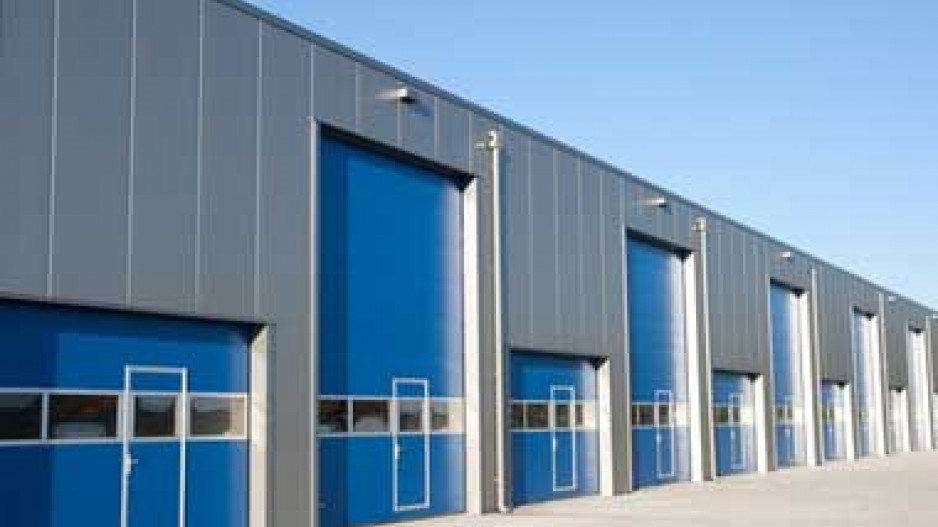Under the volcano
Following on last week’s tip that rents are set to soar, it’s worth noting that the scenario apartment broker David Goodman forecasts for the residential rental market is similar to what’s been suggested for industrial real estate.
In case you missed last week’s edition, Goodman noted that some landlords are boosting rents by up to 20% between tenancies. He knows some well-heeled individuals who are having trouble securing two- and three-bedroom units even at the upper end of the market ($3,000 or $4,000 a month).
Scarcity of units is part of the problem – supply simply hasn’t kept pace with demand – but the investment owners are making in properties also plays a role. On the one hand, there’s the acquisition cost; on the other, the improvements and upgrades necessary to keep aging units livable need to be justified. And the justification, as Goodman hinted, must be found in higher rents.
“We’ve been seeing these huge jumps in real estate values. Rents haven’t gone anywhere,” Goodman said. “Well, it’s a bit like Mount St. Helens. It’s building, baby, and it’s gonna blow.”
While industrial analysts typically don’t speak so colourfully, Avison Young tells a similar story of industrial real estate.
Developers are now completing the development of land that cost little relative to where values are today. While myriad variables make it impossible to pin a single percentage increase on the shift, there is nowhere for occupancy costs to go but up.
Retail realities
Colliers International declares that B.C. “leapt out of the gate” in 2015, posting strong retail sales growth of approximately 8% year-over-year.
But what do those boom times look like, given the various store closures that cast a pall over the start of the year and prompted remarks outside the session rooms of the Vancouver Real Estate Forum this past spring regarding the challenges some kinds of assets – power centres, for example – face?
According to numbers tucked at the back of the Colliers report, it seems regional shopping centres are on a solid footing, with relatively low vacancies compared with smaller, neighbourhood centres. But the lowest vacancies in B.C. and across the country occur in the maligned power centres, with their boxy outlets and expansive parking lots. Centre for the Study of Commercial Activity research, cited by Colliers and CBRE Ltd., sheds some light.
Brands associated with the regional malls include Apple, which tops the rankings for sales per square foot.
Towards the bottom of the sales rankings (but above department stores) are power-centre stalwarts Canadian Tire, Staples, Rona and Home Depot. Most will never sit comfortably in a regional mall, and with land values in many areas rising, sales of less than $400 a square foot are becoming harder to justify. However, with the majority of retailers filling out the middle of the list with sales of between $350 and $650 a square foot – think grocers, as well as value brands like Ikea, H&M and Walmart – it’s clear that landlords’ bread and butter lies with retailers that offer consumers value and meet daily needs. •




